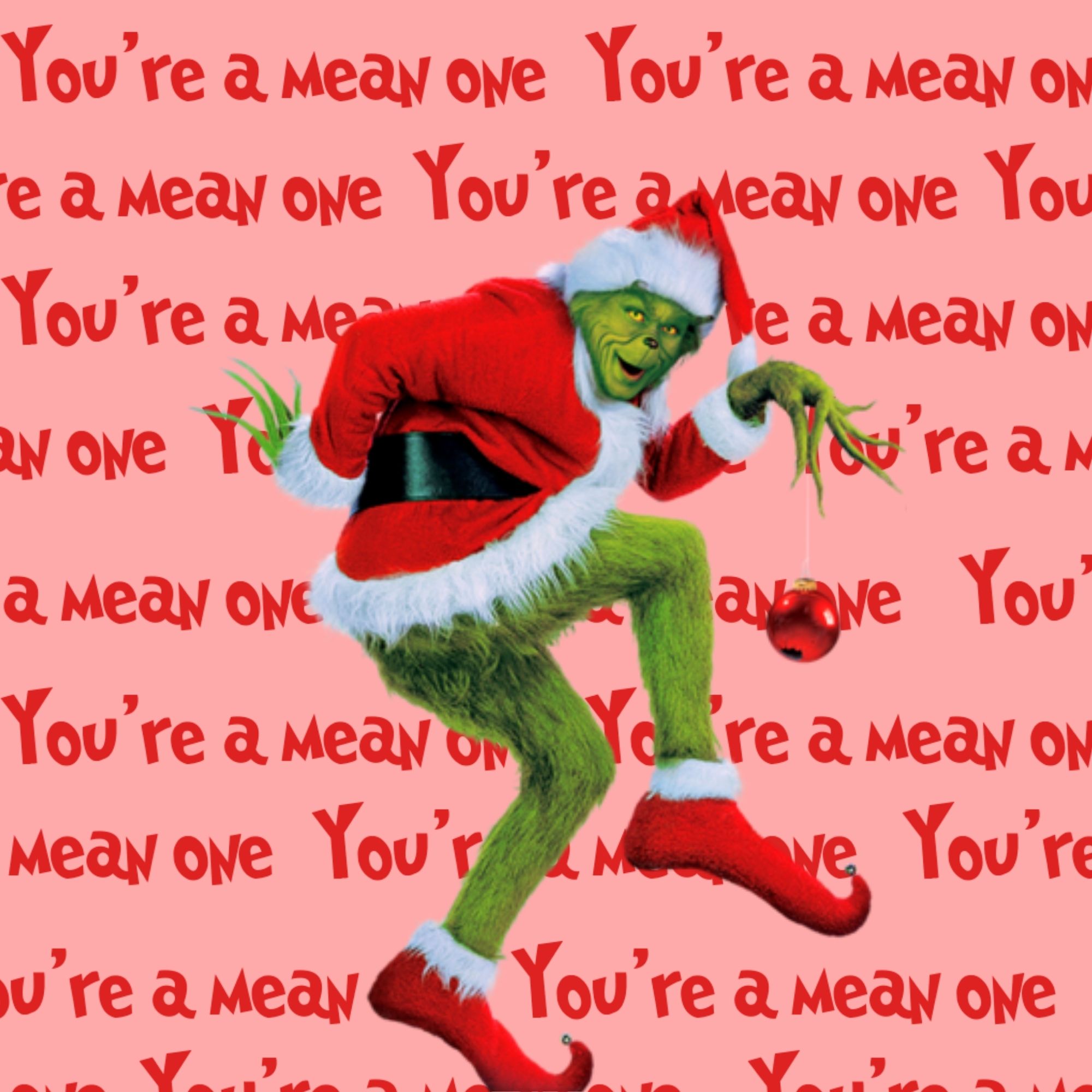Remakes Written in the Stars: The Grinch Who Stole Christmas

From Full House to Sex and the City, it seems almost every popular show and movie get remakes/reboots that to appeal to the audience’s nostalgia as they age. In this series, I will look at the best and worst remakes of all time and breaking down scenes from each to see how they stack up.
The Evolution of The Grinch:
Over time, Dr. Seuss’s story of The Grinch has become a Christmas classic. However, the story continues to be redeveloped and altered slightly, even in recent years. One version I’m trying to forget ever happened is the disturbing 2020 live action adaptation of the story, starring none other than Matthew Morrison in a nightmare performance. Aside from this tragedy, it can sometimes be comforting to revisit childhood movies after they’ve been changed to showcase new technology and potential societal changes, if they are done right. I think the 2018 version of the film managed to successfully revisit the tale in a way that felt true to the story but also gave the Grinch some much needed character development. However, the version that I associate most with my childhood was released in 2000, starring Jim Carrey. This unsettling rendition of the story features actors dressed as Whos using extensive hair and makeup to get the cartoonish look associated with Dr. Seuss characters.
The Characters:
As far as characters go, Cindy Lou Who, The Grinch, and his dog Max are the most central characters in every version of the movie. The first version of the film, which came out in 1966 lacked character development which is fleshed out in the newer versions. Instead, the film focuses on the Grinch’s cruel nature and incorporates Cindy Lou as a minor character. Little Cindy Lou represents all children and the way a child’s innocence and hopefulness can remind us of the good in the world and the power of kindness. Her relationship with the Grinch proves just that as she opens her heart in a way that is foreign to him, showing that all he really needed was a friend. The Grinch feels the most developed as a character in the 2018 version, showcasing more emotions and capacity to love than we see in the previous versions. Both the 1966 version and the 2000 version paint the Grinch as more of a monstrous creature that people know and fear, which is highlighted by how the Whos react to seeing him. Painting him in a different light through his relationship with his dog and the new reindeer character, the 2018 version makes the Grinch seem much more pleasant and misunderstood.
The Story:
Across all versions of the movie, the story remained practically identical, with the exception of some minor changes made to the Grinch’s final revelation. It’s a simple story that all begins with the Grinch living as a recluse at the top of the mountain that overlooks the happy town of Whoville. Every time Christmas rolls around, the Grinch is reminded of what has set him and the Whos apart since he was much younger, leading him to live a life of isolation with his loyal pup Max. Meanwhile, the Whos participate in their usual holiday cheer: buying gifts, decorating, and singing holiday music. What varies across the versions of the film is the reason for the Grinch’s feeling of exclusion, all relating back to his childhood. The 2000 version emphasizes a backstory where the Grinch was bullied as a child for his appearance, whereas the 2018 version simply explains that he felt left out when he was alone as a child and saw families together around the holidays.
Key Themes:
All versions of the film, like most holiday movies, center around the importance of kindness and love. The first version of the movie (1966) focuses on the spirit of Christmas and not so much on the message of acceptance and compassion which develops in the other movies. By incorporating more of Cindy Lou in the later versions, the story begins to lean towards one of kindness and acceptance regardless of appearance and other superficial qualities. Like most film/TV targeted towards children, The Grinch successfully sneaks in messages on kindness and friendship.
Who Did it Best?
I think the oldest version, released in 1966, is the best at staying true to the Dr. Seuss origins of the story and feels reminiscent of the book. Overall, I think it’s better to leave this movie in cartoon form given the whimsical nature of the story and the aesthetic. However, I enjoyed the 2018 version of the film and the effort to incorporate more of a backstory and some comedic elements throughout the movie.
Written by & Art by: Isabella Harrison


